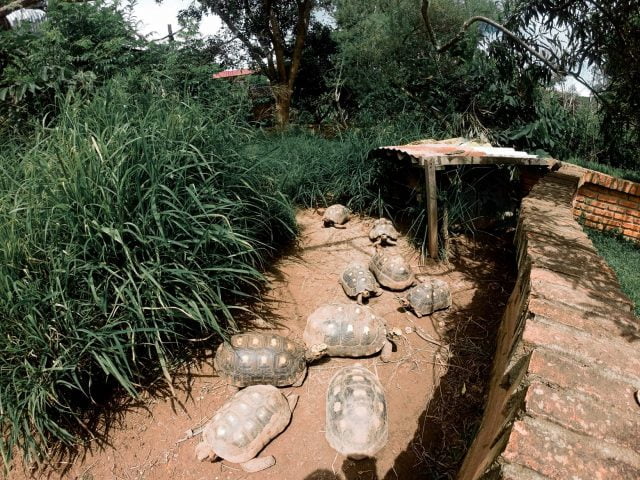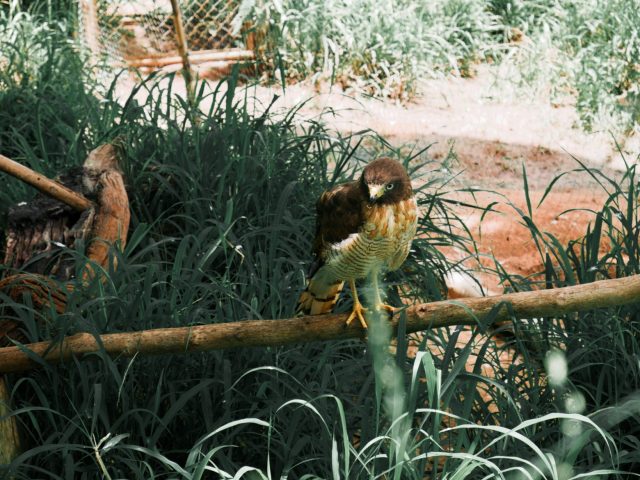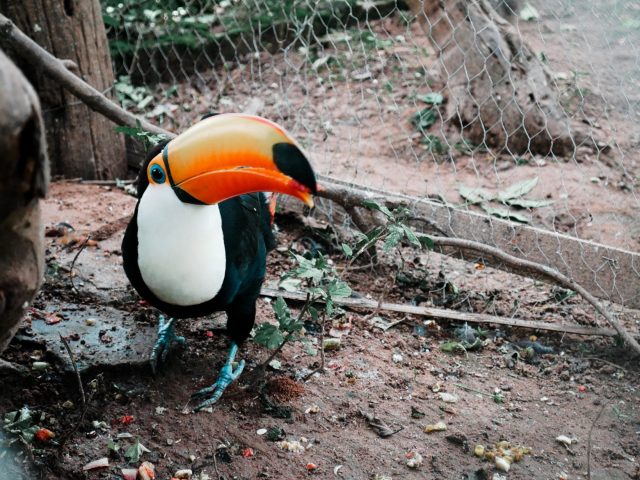Animal refuges have sprung up in the various jungle regions of Bolivia to help orphaned or illegally captured exotic Bolivian wildlife. During our stay in Samaipata, we headed just outside of town to visit the Samaipata animal refuge, or Refugio de Fauna Silvestre Jacha-Inti. This quiet refuge was started by a Swiss family in the early 2000s and is run by volunteers who care for both caged and free animals in need.

A couple of decades ago, the Bolivian government set a law in place that prohibits the trade of wildlife in the country, but the current struggle to control the illegal sale of exotic animals continues to this day.
Species in the reptile family and parrots are traded at the highest volume, but there has been a recent spike in the sale of threatened jaguars. They are captured for their fangs, which are a desired item in China. Of the many species of animals captured, about one or two out of every 10 survive and make it to their destination.

The many refuges that have been built in the country strive to rehabilitate rescued animals. The hope is to return them to the wild. However, many have been significantly injured or no longer possess the skills to survive outside of captivity.
Visiting the Samaipata Animal Refuge
Hours: The refuge is open from 8:00 a.m. until 6:00 p.m.
Cost: The cost for adults is 25Bs for adults and 15Bs for children.
Getting There: Walking provides a nice and easy stroll through the countryside. To reach the Samaipata animal refuge, go south on Rubén Terrazas that runs by the plaza. Follow that road until you reach the large sign marking the refuge. From the plaza, the walk is 2.4 kilometers (1.5 miles).
We walked, but you can also take a taxi for approximately 20Bs one way, and you can ask the driver to wait or you can walk back. If the driver waits for you, the cost will rise.
Extra Notes: There’s a small shop that sells water and souvenirs where you must go to pay your entrance fees. The refuge isn’t huge, but there are plenty of animals to see, and it is nice to walk around and watch them go about their activities.
Some of the animals wander outside of the cages. Please respect them and don’t touch them or use flash photography. Monkeys may get close and even jump on you, but it is important to let them interact with you on their own terms.

The Animals
There is a wide variety of wildlife at the Samaipata animal refuge, including parrots and toucans, boars, tortoises, various species of monkeys, exotic cats, coatis, and more. There are also domestic animals running around, such as horses, llamas, ducks, and dogs.
When we visited, we thought the volunteers did a great job of maintaining the place, caring for the animals, and keeping their enclosures clean. Following are some photos of our encounters of the many animals who make their home at the refuge.












Like this Post? Pin it!




